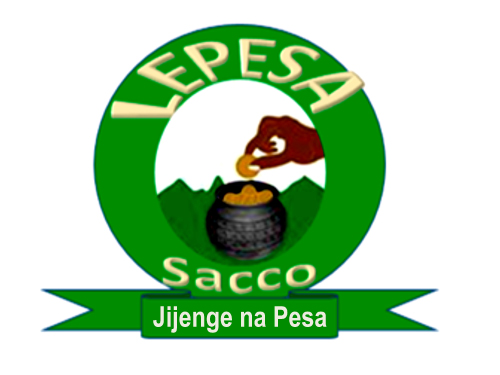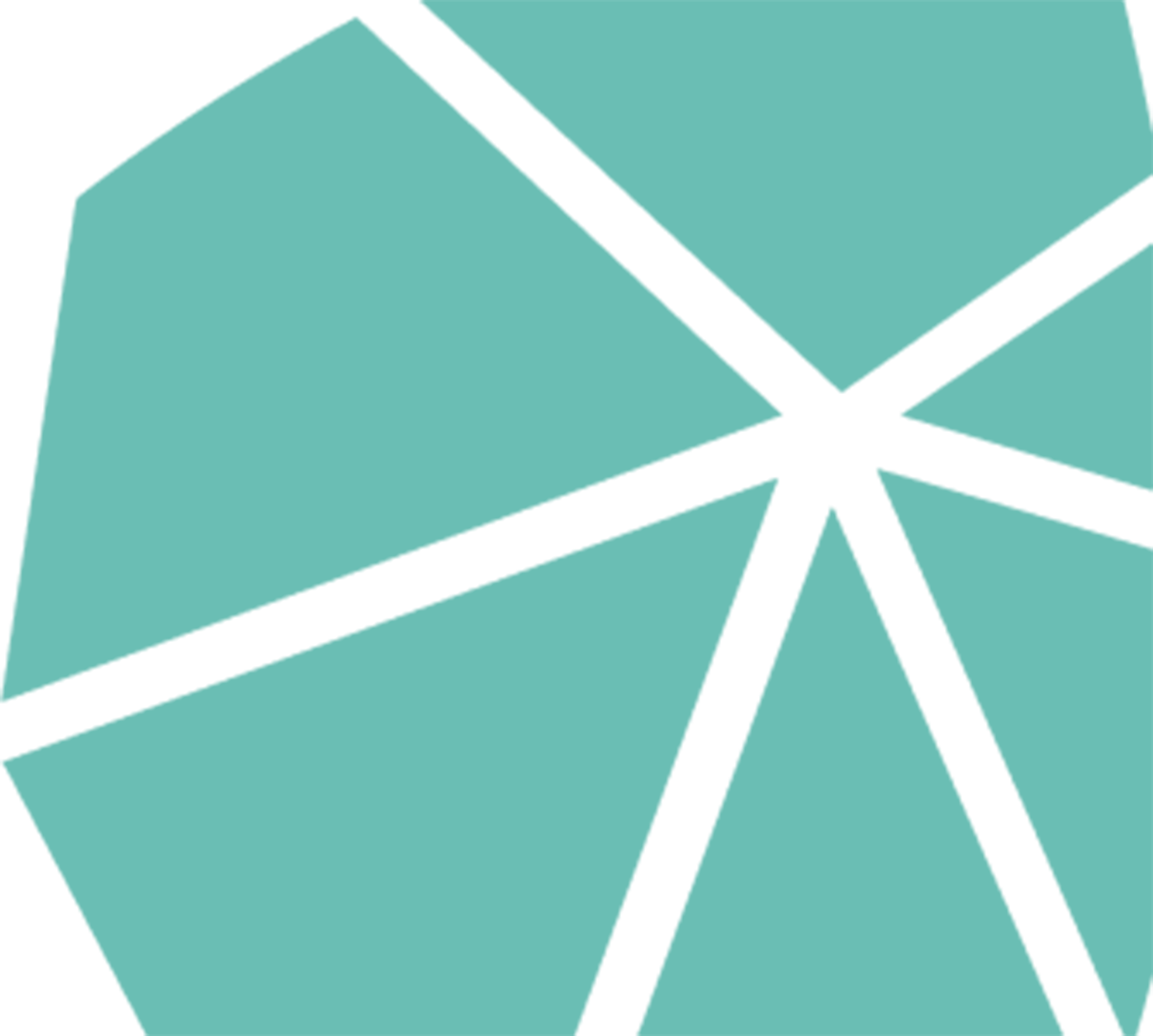Asset-collateralized loans for Kenyan dairy farmers: Credit for climate change
Ensuring access to water is a critical challenge for Kenyan farmers. Water tanks present a promising solution. However, access to credit to purchase tanks is challenging. Together with our partners, we are assessing the impact of asset-collateralized loans to finance water tanks among dairy farmers.

Kenya
Private Enterprise Development in Low-Income Countries (PEDL), King Climate Action Initiative (K-CAI)
Development Innovation Lab (DIL) at the University of Chicago, Lessos Farmers Cooperative Society, Sirikwa Dairies and General Limited
Overview
Access to water is a central challenge among small-scale farmers: In Kenya, 76% of households in rural areas without access to piped water spend an average of 3.5 hours per week fetching water according to the Kenya Integrated Household Budget Survey. Increasingly irregular rainfall associated with climate change imposes additional hurdles and risks for dairy farmers as they work to meet the water needs of their herd and household. Research shows that increased herd movement to water sources increases the risk of heat stress and ingestion of poor quality water and impacts carbon emissions. Rainwater harvesting tanks represent a promising solution to adapt to those risks.
Rainwater tanks, if they are well-cared for, can last for thirty years and generate benefits for both dairy production and household welfare. Water tanks can also assist farmers as they adapt to climate uncertainty: Reliable water access is directly correlated with milk production and may also increase the adoption of zero-grazing practices. This in turn can improve cow health and productivity by reducing energy expenditure and exposure to pathogens. A previous study found suggestive evidence that tank adoption increased milk production. Research also shows that tanks provide a sanitary source of water for household use. Finally, tanks may free up the time girls spend fetching water and thereby increase the likelihood they attend school.
Elaborating the evidence base
While there is evidence that rainwater harvesting tanks can be helpful for climate adaptation and agricultural productivity, access to credit is a barrier to adoption. Previous research found that when standard borrowing conditions are imposed (one-third of the loan is secured by a deposit funded by the borrower, and the remaining two-thirds are secured by guarantors) only 2.4% of farmers leveraged this finance. A review of six Randomized Control Trials (RCTs) on microfinance programs found similarly constrained uptake of microfinance programs. However, when one relaxed the conditions to allow borrowers to collateralize loans using assets purchased with their loans, uptake increased from 2.4% to 41.9%. Importantly, when loans were 96% asset-collateralized, with only a 4% deposit, less than one percent of tanks were ultimately repossessed.
Precision Development (PxD) is collaborating with researchers from the Development Innovation Lab (DIL) at the University of Chicago to build on this research. The research team, in turn, is partnering with two dairy cooperatives: Lessos Farmers Cooperative Society and Sirikwa Dairies and General Limited in Kenya’s Rift Valley region. Together, PxD, DIL, and the dairy cooperatives will evaluate the impact of the asset-collateralized loan (ACL) model for the purchase of rainwater harvesting tanks. The financial institutions of the two dairies will manage ACL contracts and repayments in-house.
This work is funded by grants from the King Climate Action Initiative (K-CAI) and Private Enterprise Development in Low-Income Countries (PEDL).
From our blog



Make an Impact Today



